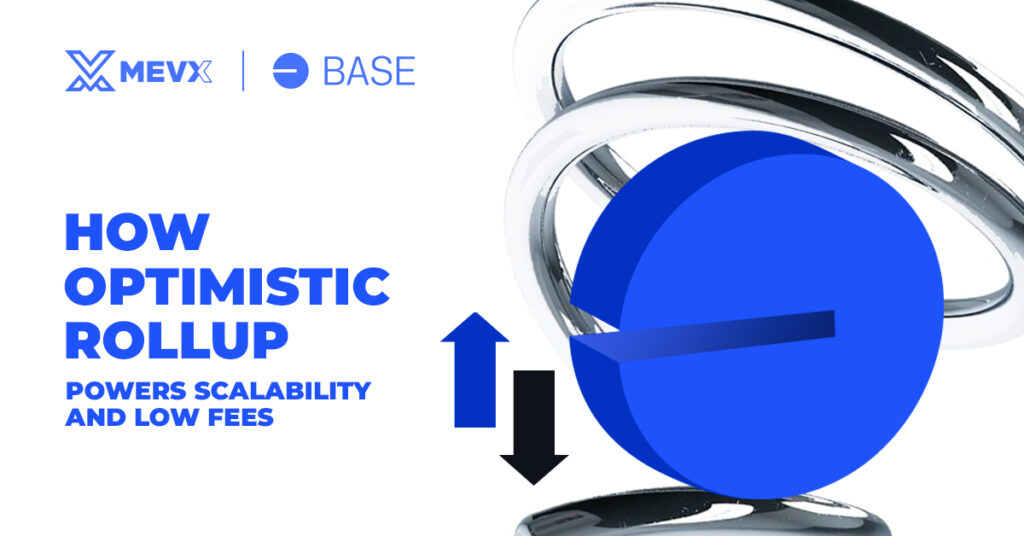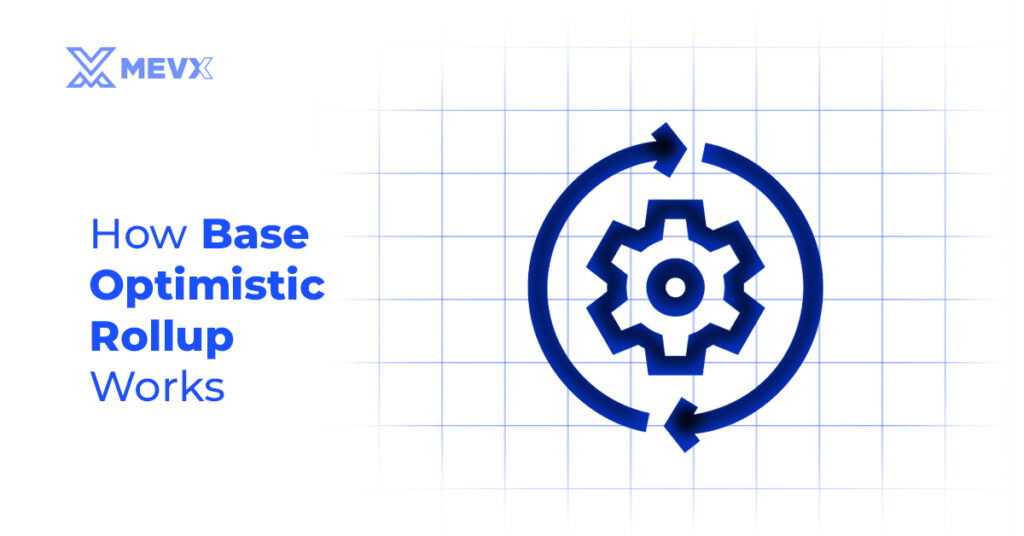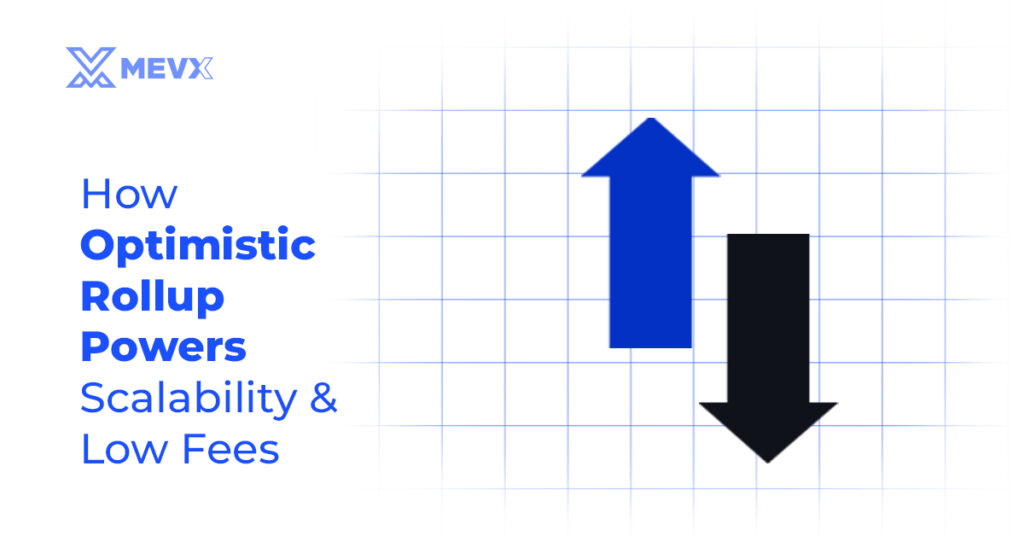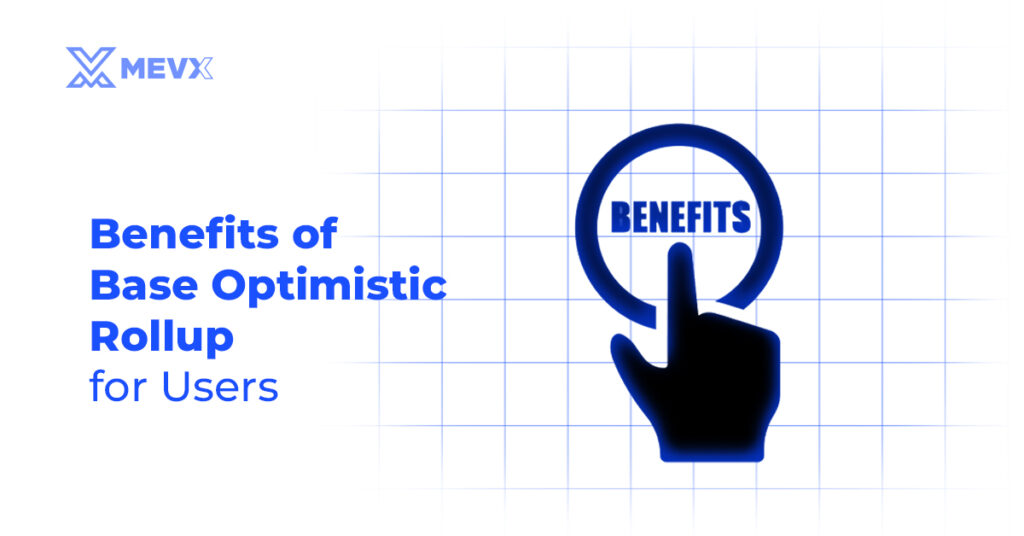This article explores how Base Optimistic Rollup mechanism works, its benefits for users, and how to test its low-fee transactions using a wallet or trading platform.

What is Base Optimistic Rollup?
Base Optimistic Rollup is a scaling solution that processes transactions off-chain while leveraging Ethereum’s robust security for final validation. This approach addresses Ethereum’s mainnet limitations, such as high gas fees and slow transaction speeds, making decentralized applications (dApps) more accessible and cost-effective.
How Optimistic Rollup Works
Optimistic Rollups operate by assuming transactions are valid by default, minimizing computational overhead. Here’s a breakdown of the mechanism:

- Off-Chain Transaction Processing:
- Transactions are executed on Base’s L2 network, not directly on Ethereum’s mainnet. This reduces congestion on Layer-1 (L1).
- Data Submission to Ethereum:
- The batched transaction data is compressed and posted to Ethereum’s mainnet as calldata or in blobs (introduced with Ethereum’s EIP-4844 update, reducing costs by ~90%). This ensures transparency and availability, allowing anyone to verify the transactions.
- Fraud-Proof Mechanism:
- Base Optimistic Rollups assume transactions are valid unless challenged. If a discrepancy is suspected, a fraud proof can be submitted during a challenge period. Validators or users can dispute invalid transactions, ensuring integrity.
- Withdrawal Process:
- To move assets back to Ethereum’s mainnet, users initiate a withdrawal on Base. The transaction is included in a batch, and after the challenge period, funds are released on L1. To avoid delays, users can use liquidity providers who pay out on L1 instantly for a fee, ensuring trustless finality.
How Base Optimistic Rollup Powers Scalability and Low Fees
Base Optimistic Rollups address Ethereum’s scalability bottlenecks by moving computation and storage off-chain while retaining L1 security. Here’s how Base achieves scalability and low fees:

- Scalability:
- High Throughput: While Ethereum’s mainnet processes ~10-24 TPS, Optimistic Rollups like Base can handle ~2,000 TPS, enabling faster dApp interactions.
- Reduced Congestion: Off-chain processing alleviates the load on Ethereum’s mainnet, preventing network slowdowns during high-demand periods.
- Low Fees:
- Batching Efficiency: On Base, gas fees can be as low as ~1-2 cents, compared to Ethereum’s mainnet, where fees can exceed $10-$100 during congestion.
- EIP-4844 Blobs: The use of blobs for data storage further cuts costs by minimizing the on-chain footprint.
- L2 Execution Fees: Base’s gas fees consist of an L2 execution fee. The L2 fee is often as low as 0.001 gwei, making transactions highly affordable.
- EVM Compatibility: Developers can leverage Ethereum’s tools (e.g., Solidity, Hardhat, Ethers.js) and liquidity pools, enabling seamless dApp deployment.
Benefits for Users
Base Optimistic Rollup offers tangible benefits for users interacting with dApps or trading assets:

- Cheap Meme Coin Trades:
- Meme coins often involve frequent, low-value transactions. For example, swapping tokens on a Base-based DEX like Uniswap costs a fraction of L1 fees.
- Fast dApp Interactions:
- dApps like Friend.tech (a social app) or Moonwell Finance (a lending protocol) benefit from near-instant transaction confirmations due to Base’s high TPS.
- Base’s interoperability with the Optimism Superchain allows seamless asset transfers across compatible rollups, enhancing cross-chain dApp functionality.
- Accessibility for Small Transactions:
- Low fees democratize access, enabling users with limited funds to participate in DeFi, NFT trading, or other Web3 activities without prohibitive costs.
Comparison of Rollup Latency to Ethereum Mainnet
| Aspect | Base (Optimistic Rollup) | Ethereum Mainnet |
| Transaction Speed | Near-instant (~1-2 seconds) due to off-chain processing | ~10-60 seconds, depending on congestion |
| Finality | Delayed (3.5-7 days for withdrawals due to the challenge period) | Immediate (once mined, ~15 seconds) |
| Gas Fees | ~1-2 cents per transaction | $1-$100+ during congestion |
| Throughput (TPS) | ~2,000 TPS | ~10-24 TPS |
| Security | Inherits Ethereum’s security via on-chain data | Native Ethereum security |
To sum up, Base Optimistic Rollup is a powerful Layer-2 solution that enhances Ethereum’s scalability by processing transactions off-chain and batching them for validation on the mainnet. This results in ~1-2 cent fees and near-instant transactions, making it ideal for meme coin trading, fast dApp interactions, and cost-effective Web3 participation.
To learn more about Base, please check out Chain Base on MevX blog
Further Reading
What is Base Chain?
How Does Base Chain Work? A Technical Overview
Setting Up A Wallet for Base to Start with Base Chain
The Role of Base Chain in the Ethereum Ecosystem
Base Chain and Ethereum: A Detailed Comparison of Minor Differences
Share on Social Media:
